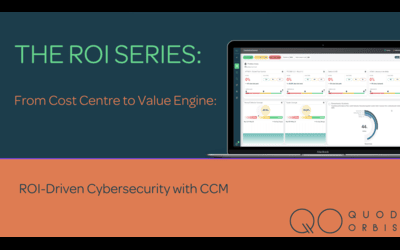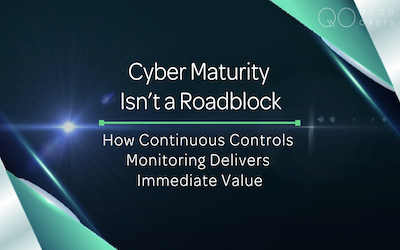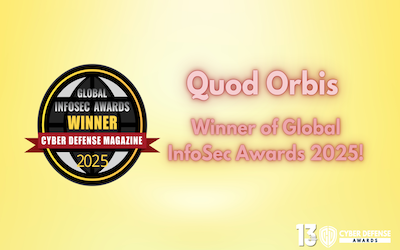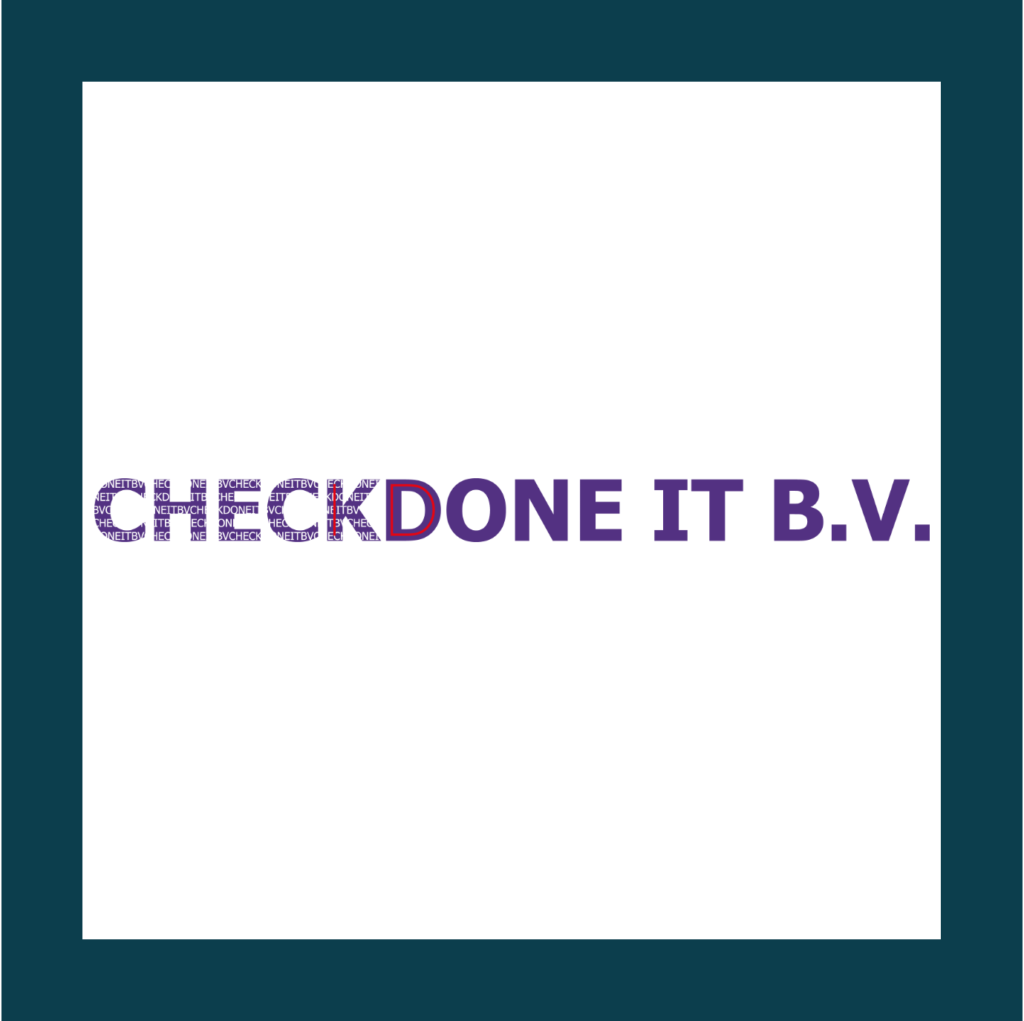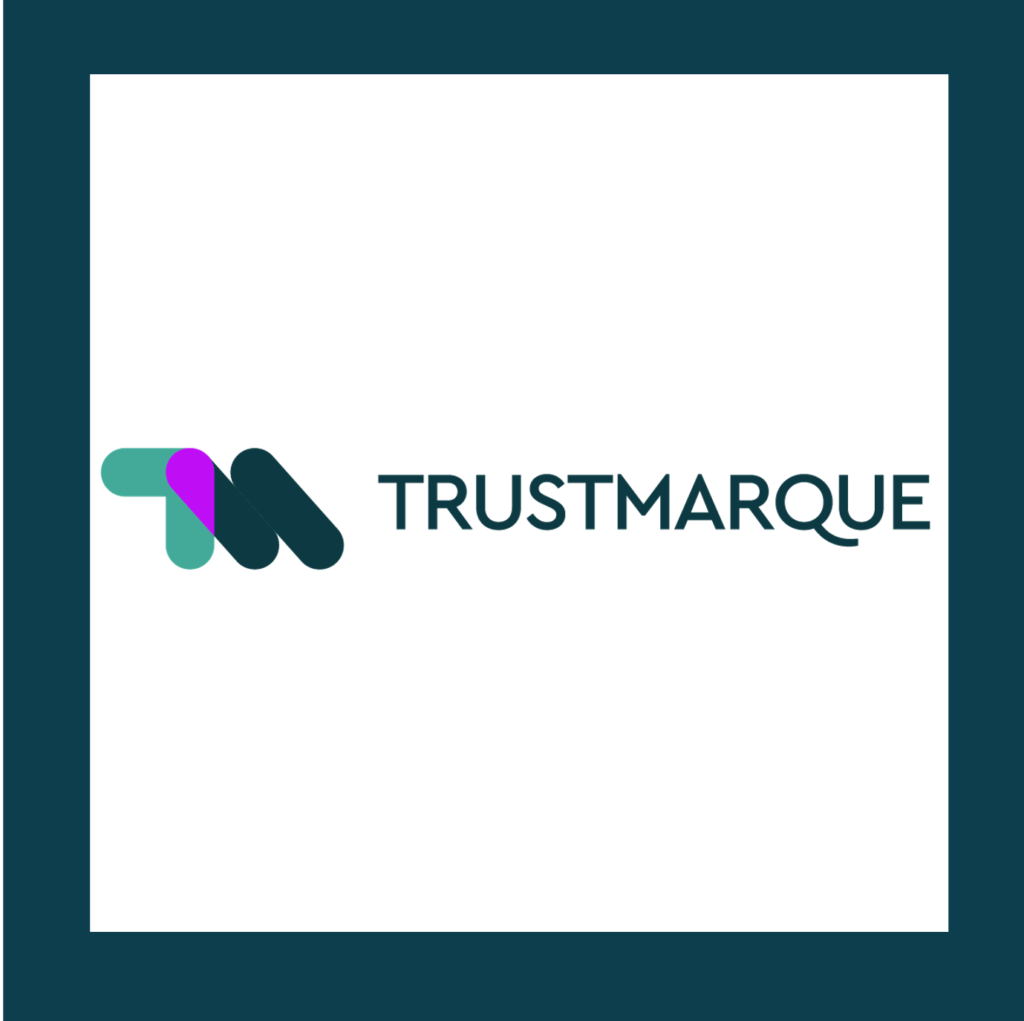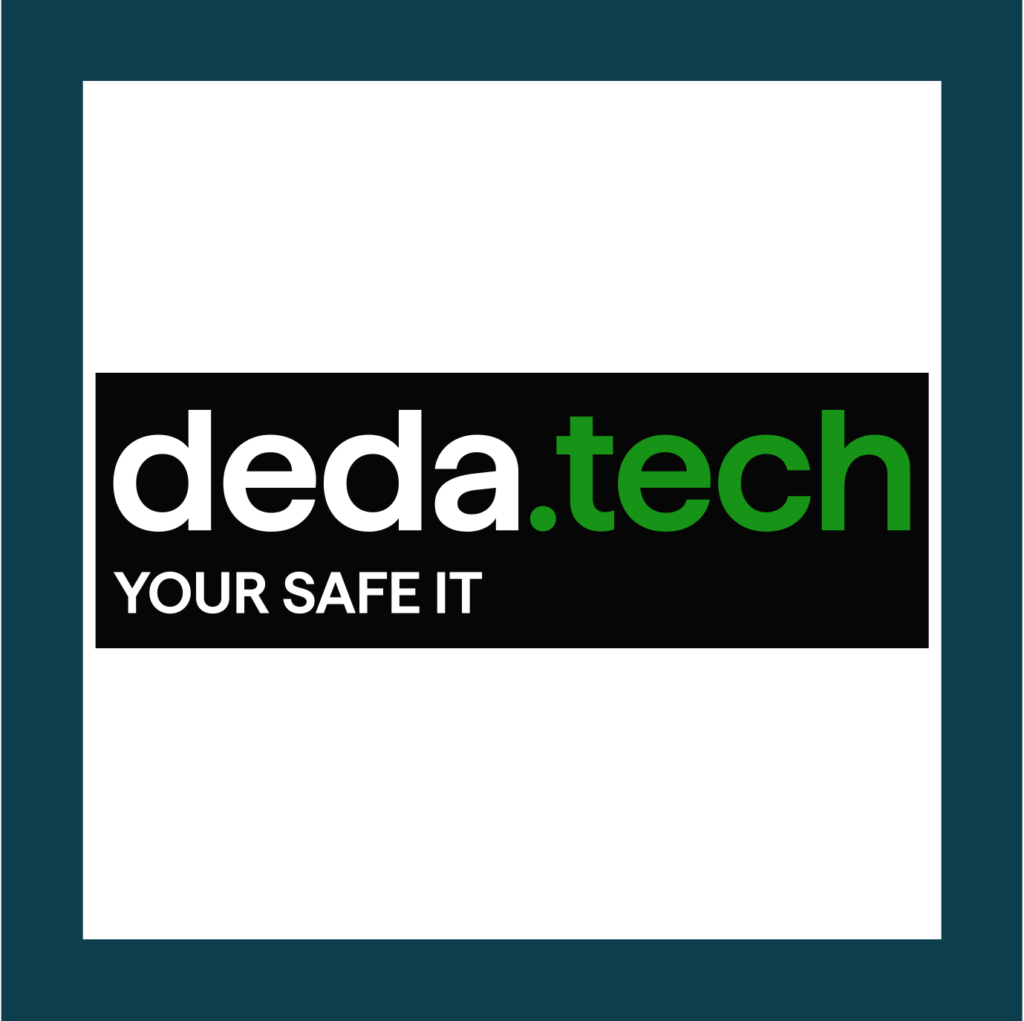Access the full 5 Myths Ebook here.
It’s true, Continuous Controls Monitoring is an incredible solution for compliance and an increasing number of regulations now demand continual monitoring as standard – ISO 27001, PCI V 4 and DORA are just two examples. Now this is what organisations think of when they think of CCM. However, limiting this tool to compliance alone is like making the Swiss army knife just to use it as a bottle opener.
CCM in reality, is a far more powerful tool that goes beyond audit requirements. It strengthens an organisation’s cyber security posture, reduces operational inefficacies, boosts operational resilience, and provides far greater insights on operational risk. So not realising the full potential off this tool is merely overshadowing what it can accomplish for organisations.
The cost of manually monitoring controls can add up significantly for enterprise businesses.
The average cost to manually monitor each control for an enterprise-level business is £1.5K* per control test. However, this does not account for the time the second line of defence has to chase for information, analyse the results, provide feedback, and ask why controls are failing. Nor does it consider the time the first line of defence spends collecting the necessary information, formatting it correctly, and reporting it to all relevant stakeholders.
But that aside, let’s break down the potential total costs based on typical enterprise needs:
1. Number of Controls: Large enterprises often have 500 to 5,000+ controls across their cybersecurity, compliance, and risk management frameworks. Assuming an average of 1,000 controls, this already becomes a substantial figure.
2. Testing Frequency: Manual control tests are often conducted quarterly or annually, depending on regulatory requirements and business risk tolerance. Quarterly testing (4 times a year) means the cost multiplies rapidly.
Estimated Cost Calculation: 1,000 controls x £1,500 per test = £1.5M per round of testing. Quarterly testing = £6M per year.
And this is purely the cost of executing the tests—not the hidden costs of inefficiencies, delays, and resource drain across multiple teams.
*This cost of monitoring each control manually was acquired by an enterprise client of QO.
The Broader Impact of Continuous Controls Monitoring
Automation that validates controls and delivers real-time actionable insights beyond regulatory frameworks.
Automation that connects and empowers: CCM connects to your entire ecosystem providing near-real-time insights in your cyber security and risk posture.
Beyond Compliance to Resilience: CCM takes cyber security to the next level by continuously tracking control failures— such as unpatched systems or unauthorised access—and delivering early warnings before incidents escalate.
By integrating Key Risk Indicators (KRIs) and Key Performance Indicators (KPIs), CCM empowers organisations with actionable insights, enabling them to measure security effectiveness, anticipate potential threats, and respond proactively. This data-driven approach not only enhances compliance but also strengthens overall resilience against evolving cyber threats.
Operational Efficiency: Automation reduces the manual burden of evidence collection, control testing, and reporting. Teams can focus on strategic initiatives instead of getting bogged down in repetitive tasks.
Risk Management: By offering real-time visibility into risks, CCM enables organisations to act quickly on emerging issues. For example, identifying a misconfigured firewall in minutes rather than weeks could prevent a potential breach.
Stakeholder Confidence: A robust CCM program signals to customers, partners, and regulators that an organisation is committed to proactive security and governance, bolstering trust and competitive advantage.
Customers of our CCM platform are typically seeing a 75% increase in their cyber risk visibility and that’s without full implemention across their entire ecosystem.
The Cost of the Compliance-Only Mindset
Cost is not always a black and white number. There are sometimes far greater costs to having a particular mindset rather than embracing the full potential of something. So, whilst you can focus your CCM platform on regulatory compliance, you will be overlooking the full potential of what you could achieve with CCM and any operational blind spots that don’t fall within the scope of specific regulatory frameworks.
Our latest research identified that the average large enterprise are managing 19 security solutions at any one time with a quarter citing a lack of visibility being as a significant challenge.
Here Is the Cost Broken Down:
Critical issues, such as misconfigurations or unmonitored third party risks, may go unnoticed simply because they aren’t mandated by an audit.
- The average cost of a data breach globally was $4.88 million in 2024,
So can organisations afford to ignore what oversight technology they need?
Focusing solely on compliance also means missing out on the cost-saving potential of automation and optimisation.
CCM can reduce manual effort, streamline processes, and free up resources—benefits that extend far beyond compliance, identifying risk exposures by up to 40% by enabling real-time adjustments and proactive management. This contributes to both direct financial savings and improved operational efficiency across compliance and risk management.
Perhaps most importantly, focusing solely on compliance can erode your competitive edge.
Customers and stakeholders increasingly expect organisations to demonstrate robust resilience and proactive risk management.
Limiting CCM to compliance could make your business appear reactive, rather than innovative and forward-thinking.
Ask yourself: are you limiting your organisation’s potential by viewing CCM merely as a compliance tool? If so, it’s time to rethink what CCM can do. Compliance may be the starting point, but it’s far from the end goal.
By focusing solely on meeting regulatory requirements, organisations miss out on CCM’s broader potential to enhance resilience, drive operational efficiency, and support long-term growth.
To unlock the full value of CCM, organisations must view it as a strategic tool, not just a compliance necessity. Embracing CCM as a holistic approach can transform how you manage risk and deliver value to stakeholders.
To find out more about Continuous Controls Monitoring, click here.

